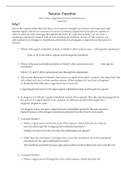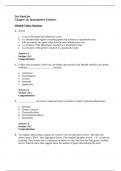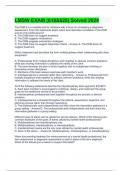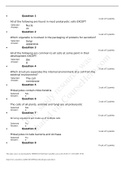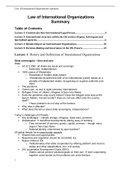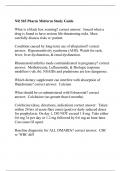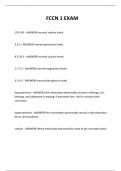Samenvatting
Summary - Neurogenetics (2078FBDBMW)
- Vak
- Instelling
An in-depth and complete summary of the course 'neurogenetics'. I got a 15 with this summary! The classes that are included are: introduction, genetic mechanisms, repeat expansion disorders, genetic disease modifiers, therapeutic strategies, prion disease, neurocutaneous disorders, epilepsy, fronto...
[Meer zien]





